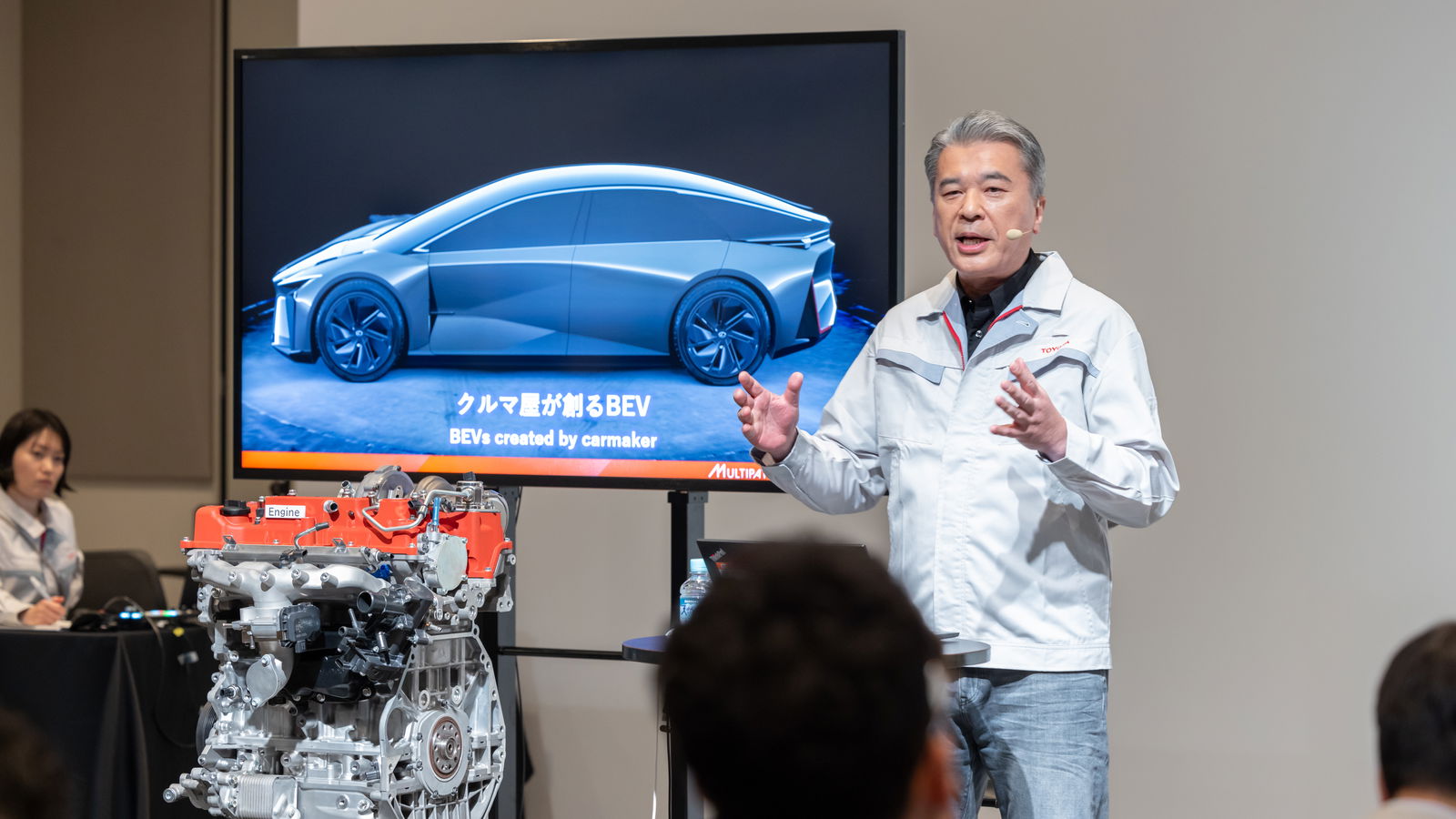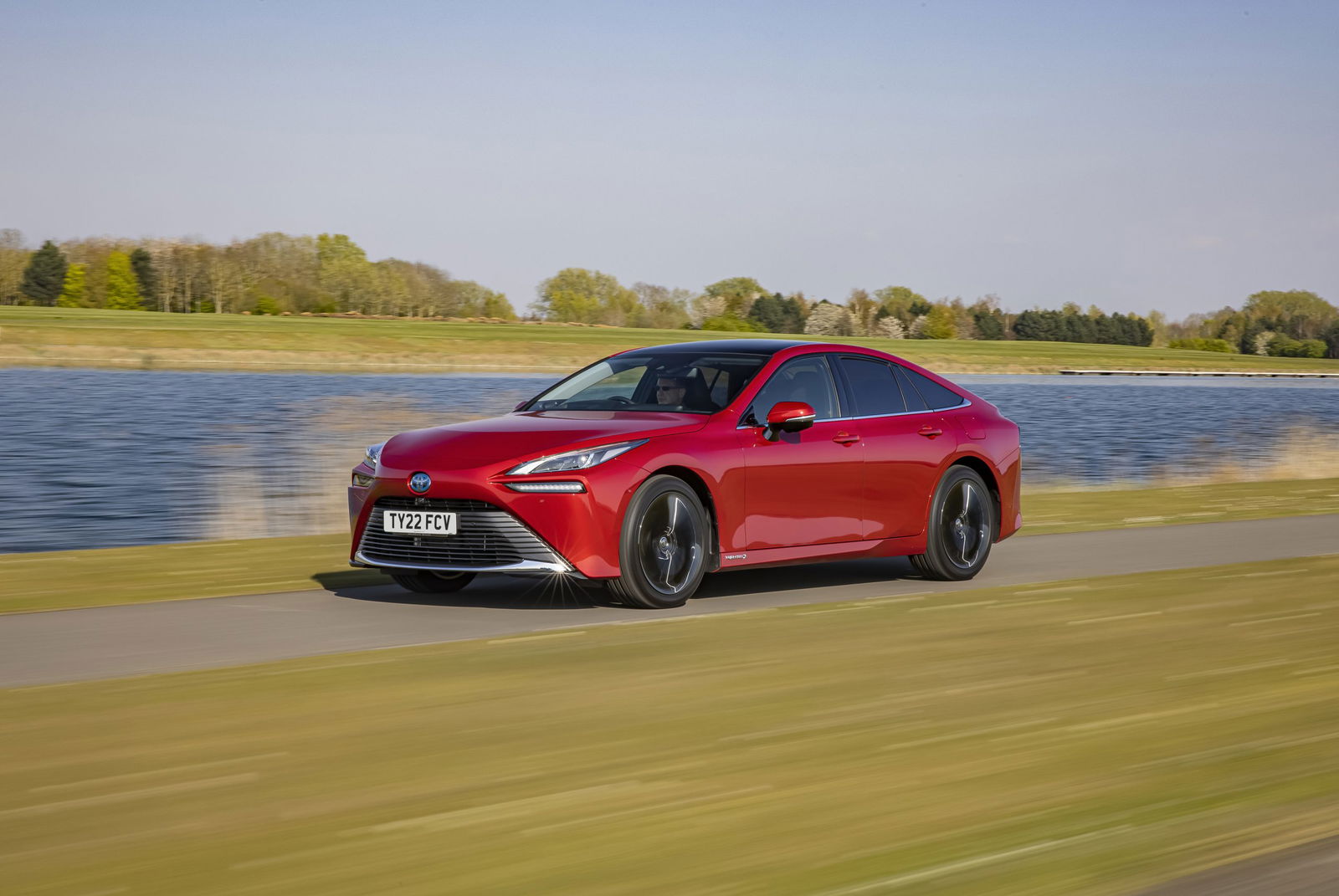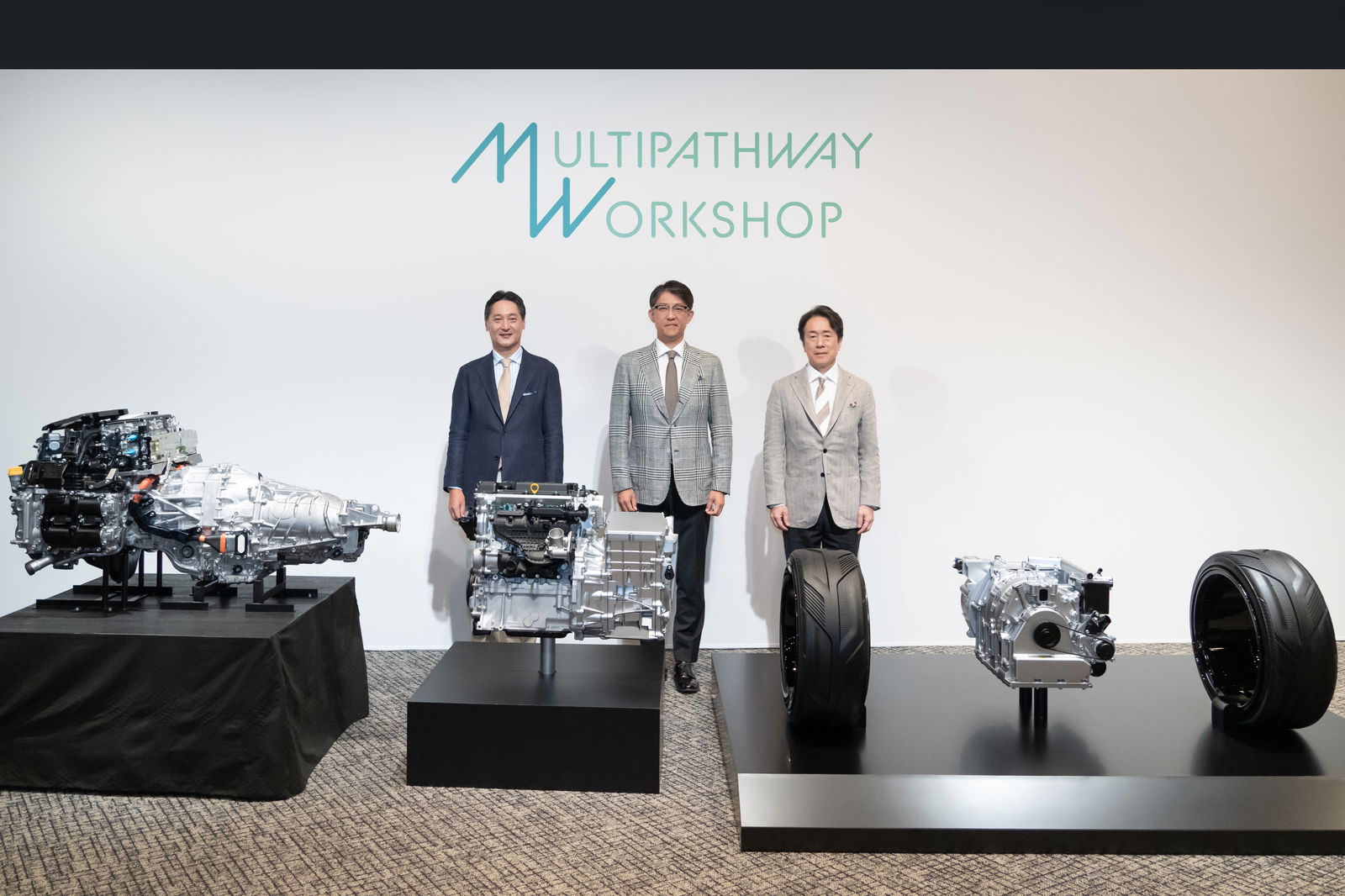New Toyota Petrol Engines Are “Completely Different” To Current ICEs

Toyota, Subaru and Mazda provided a glimmer of hope for car enthusiasts everywhere recently as they jointly announced their plans to embark on the development of new internal combustion engines – Mazda a rotary, Subaru a boxer four, and Toyota a pair of inline-fours, in 1.5-litre and 2.0-litre forms.
Now, thanks to an interview from Automotive News with Toyota’s chief technical officer, Hiroki Nakajima, we’ve learned a bit more about what to expect from the company’s new four-bangers – and he’s promising they’ll be “game-changers.”

One of the big gains is said to be made in thermal efficiency – that being the amount of heat energy made by the engine that’s actually doing useful work and not being wasted. Nakajima didn’t give specific numbers, but a thermal efficiency of 40 per cent is considered strong for a road car – something Toyota claimed to achieve back in 2017 with its then-new ‘Dynamic Force’ engines.
Nakajima says that Toyota’s development work on the hydrogen fuel cell-powered Mirai has taught it about how it can improve this even further.
The other big area of change is in the pistons’ stroke – the amount they travel up and down in the cylinders. Nakajima says the company has achieved a significantly shorter stroke over previous engines, meaning an engine that’s altogether more compact. This leads to advantages in both packaging and aerodynamics. Nakajima said achieving this was “a very difficult task,” presumably in terms of overcoming the torque losses of a shorter stroke.

Like the engines being developed by Subaru and Mazda, Toyota’s four-pots are being developed from the outset to run on e-fuels, biofuels and hydrogen as well as traditional fossil fuels, and work alongside electric motors within hybrid systems.
We can expect to see the engines on the road from 2027 onwards. Presumably, they’ll steadily replace Toyota’s current range of four- and six-cylinder petrol engines – one place we’ll potentially find them is in the rumoured new Celica, which is said to use the new 2.0-litre engine in 400bhp form.
.jpg?width=1600)


Comments